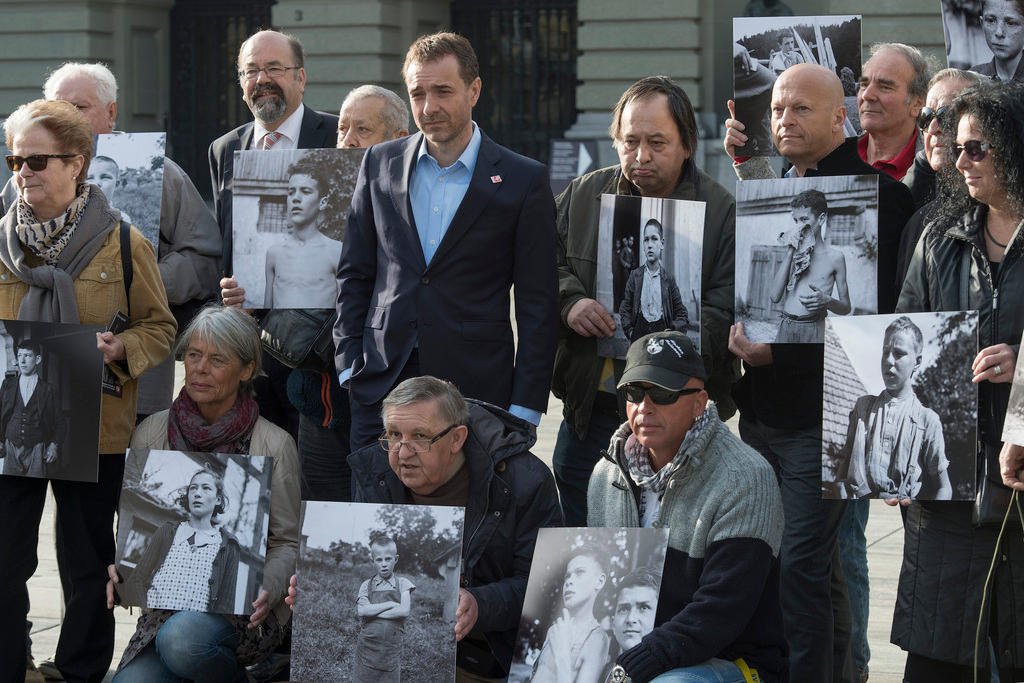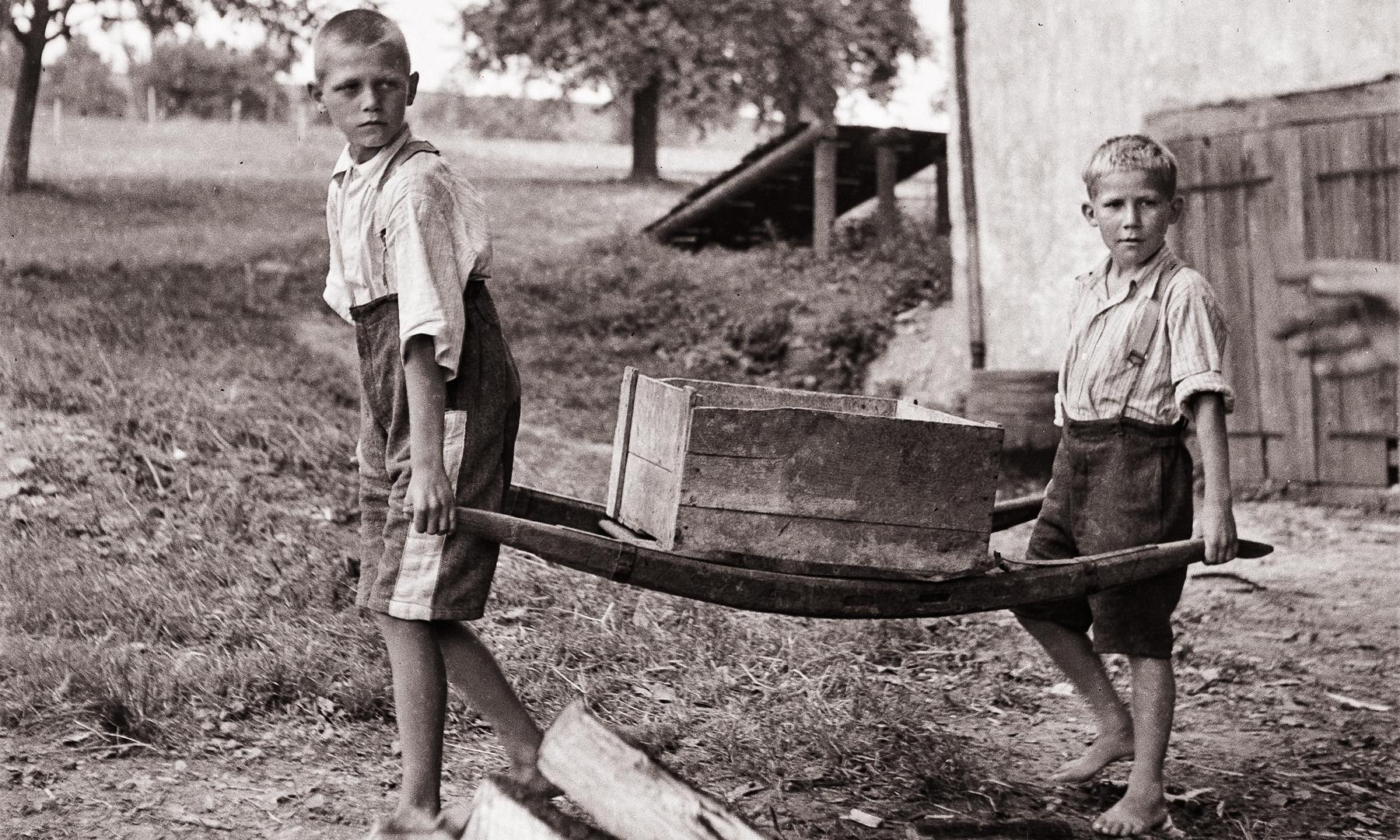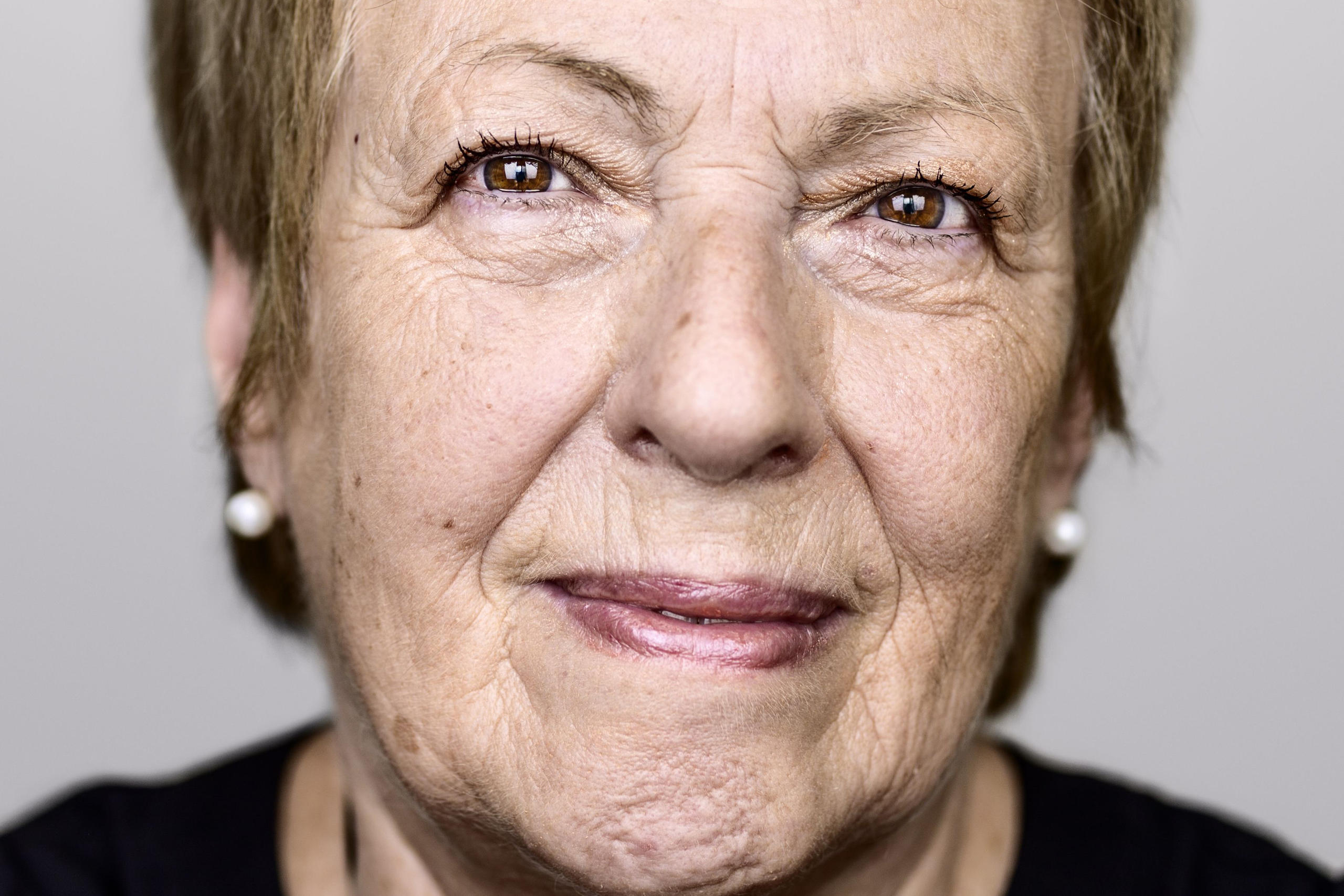Slow take-off in compensation of forced child workers

Fewer people than expected have applied to receive reparations through a government program to compensate so-called “discarded children,” who were placed in conditions of forced work until 1981.
The government announced the compensation scheme, which followed on official apologies to the survivors of this dark period of Swiss history, in September 2016, and launched it the following December.
It put CHF300 million ($311 million) in the fund, which is supposed to be distributed to the estimated 12,000-15,000 victims, with each receiving a maximum of CHF25,000.
Since December, however, only 2,536 applications have been received, well below expectations, according to the Federal Office of Justice (FOJ).
That translates to one-fifth of the estimated maximum number of potential victims applying for compensation so far – a trend that, if continued, would result in far fewer than the number officials anticipated would apply before the deadline of March 31, 2018.
Reluctance
“Verein Fremdplatziert”, a children’s rights association, said in a statement that the CHF25,000 limit should be raised, given that many of the victims have died since 1981. If the number of requests stays on the current trajectory, they said, only between 60 and 100 million of the 300 million would be paid.
For its part, the FOJ said that it would process in priority the requests of people aged 75 or older, or those who are gravely ill.
Speaking to the Luzerner Zeitung newspaper on Thursday, Luzius Mader, a representative of the victims, said that the reluctance to come forward could also be due to shame and embarrassment about a subject still regarded as taboo.
Guido Fluri, who launched an initiative in 2014 to spur the reparations, said that although some victims do not want to receive money from the state, which they still blame for the situation, they should come forward.
“It is a recognition of the injustice suffered”, he told the Luzerner Zeitung.
A dark history
The term “Verdingkinder”, meaning “discarded children”, refers to those Swiss children who were taken away from particularly poor families to be placed in foster homes where they were forced to work and live under extremely difficult conditions.
Between the early 19th century (records go back as far as 1820) and 1981, when the practice was abandoned, tens of thousands of children were subjected to the treatment, which evolved from a rural custom of taking on poor children as servants and labourers.
Many were subjected to physical and sexual abuse and survivors have spoken of living with lifelong trauma.
In 2013, justice minister Simonetta Sommaruga officially apologised on behalf of the government, before launching a draft law covering the rehabilitation of victims, a research project and guaranteeing victims access to their files.
The current compensation programme came about following a popular initiative launched in 2014 calling for the creation of a CHF500 million fund. The government’s counter-proposal, ratified last year, reduced this figure.
swissinfo.ch with agencies/dos

In compliance with the JTI standards
More: SWI swissinfo.ch certified by the Journalism Trust Initiative




You can find an overview of ongoing debates with our journalists here. Please join us!
If you want to start a conversation about a topic raised in this article or want to report factual errors, email us at english@swissinfo.ch.